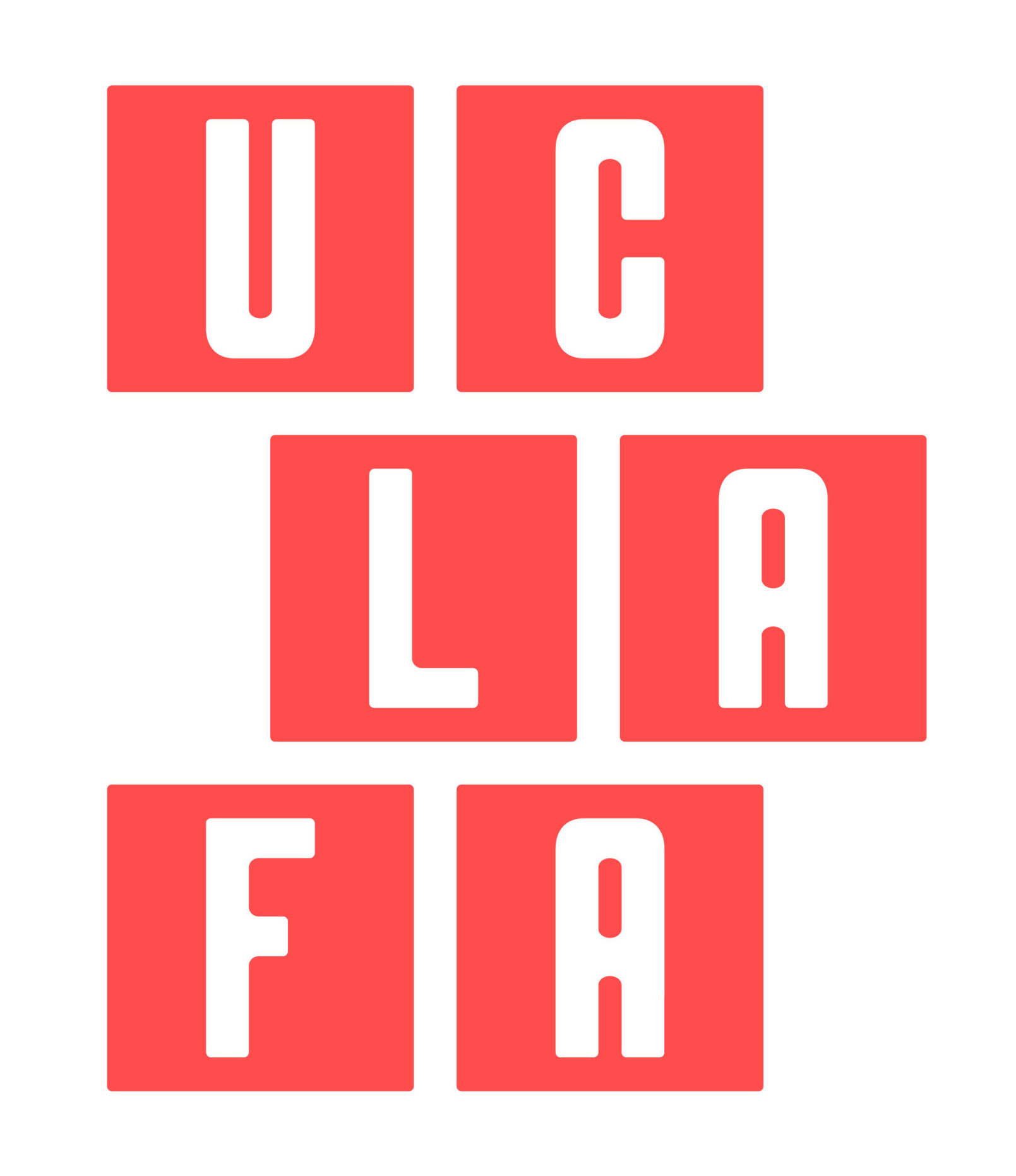
Yet another initiative has qualified for the crowded November ballot. This one is a do-good budget reform with various features including a move to two-year budgets rather than one-year. California had two-year budgets back in Great Depression times. No miracles resulted from budgets based on the Earth cycling around the Sun twice rather than once back then. It is odd to think that such miracles will occur now. Budgets are based on forecasts of revenues and to some extent on spending. When the January budget proposal is made, the governor forecasts a period ranging from 6 to 18 months ahead. With two-year budgeting, the range is extended by 12 months to a period ending 30 months in the future. Forecasting is difficult even over the current 6-18 months. Reformers argue, however, that two-year budgeting will focus attention on the long-term. As you can tell from the above text, yours truly is not convinced. On the other hand, the I am unconvinced by the folk wisdom that a crowded ballot by itself will induce voters to vote “no” on everything including the governor’s tax initiative. However, the fact that there are now three tax initiatives plus this budget-related initiative could be confusing.
Below is the summary from the Secretary of State:
State Budget. State and Local Government. Initiative Constitutional Amendment and Statute.
Summary Date: 12/29/11 | Qualified: 06/26/12 | Signatures Required: 807,615
Proponent: Sunne Wright McPeak c/o Robin B. Johansen and James C. Harrison (510) 346-6200
Establishes two-year state budget cycle. Prohibits Legislature from creating expenditures of more than $25 million unless offsetting revenues or spending cuts are identified. Permits Governor to cut budget unilaterally during declared fiscal emergencies if Legislature fails to act. Requires performance reviews of all state programs. Requires performance goals in state and local budgets. Requires publication of all bills at least three days prior to legislative vote. Gives counties power to alter state statutes or regulations related to spending unless Legislature or state agency vetoes changes within 60 days. Summary of estimate by Legislative Analyst and Director of Finance of fiscal impact on state and local government: Decreased state revenues and commensurate increased local revenues, probably in the range of about $200 million annually, beginning in 2013-14. Potential decreased state program costs or increased state revenues resulting from changes in the fiscal authority of the Legislature and Governor. Increased state and local costs of tens of millions of dollars annually to implement new budgeting practices. Over time, these costs would moderate and potentially be offset by savings from improved program efficiencies.
You will be reading/hearing/seeing more about this initiative and all the others as November approaches. All the initiatives that have qualified so far are at:
[The water bond proposition currently listed is likely to be moved by the legislature to a later date.]

